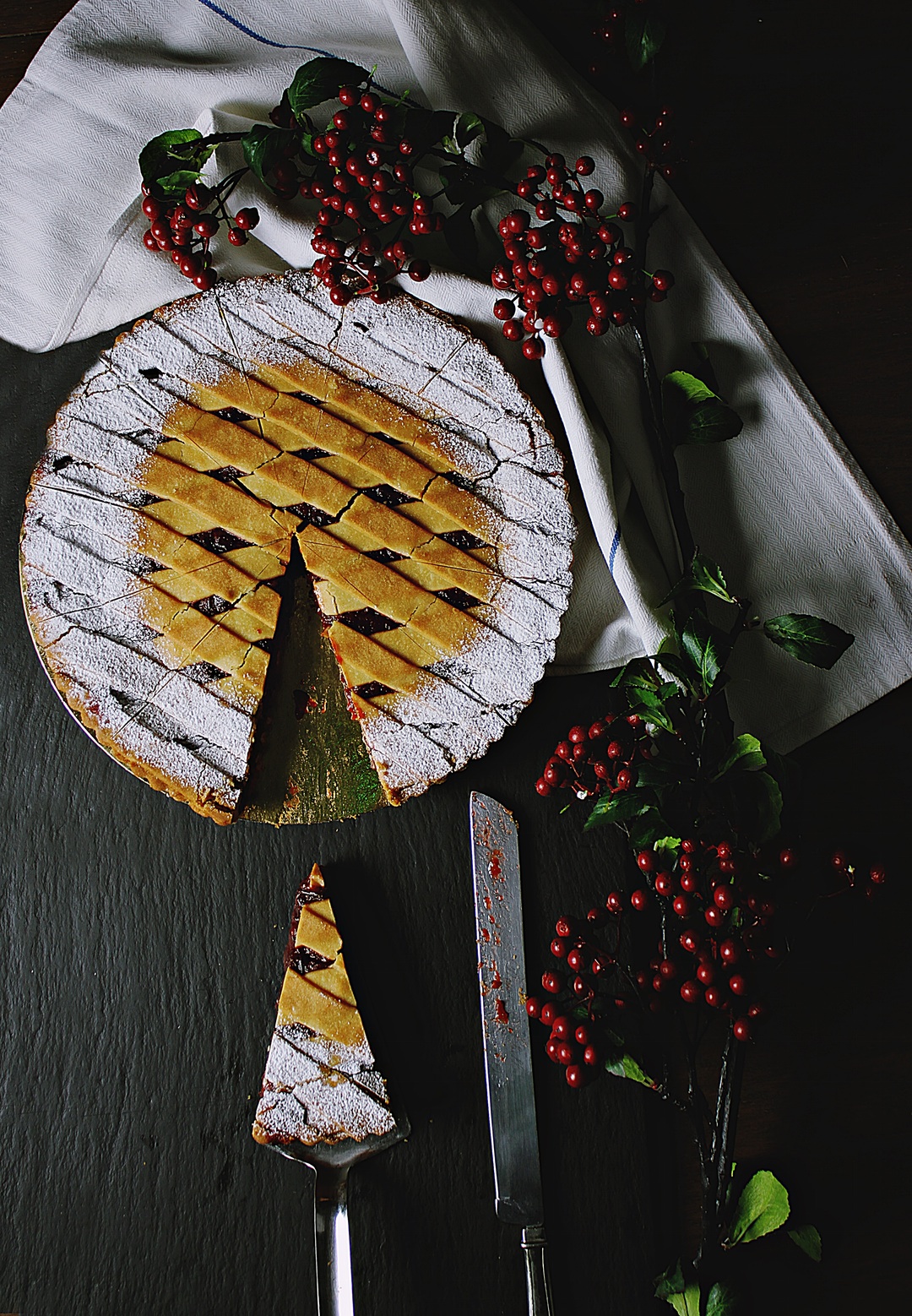From charming coastal towns to mountain villages, Montenegro’s culinary destinations offer a variety of options to satisfy your palate. However, it’s common to get lost when faced with a menu written in a foreign language or to be unsure of what to order. Here’s what you need to know to read the menu consciously and make the most delicious choice when you sit down at a restaurant in Montenegro:
1. Overcoming the Language Barrier: Basic Food Terms
While Montenegro’s official language is Montenegrin (a dialect of Serbo-Croatian), many restaurants in tourist areas have menus in English or sometimes German/Russian. But knowing some basic words will make it easier to discover the local flavors:
• Jela: Food (General)
• Meso: Meat
• Riba: Fish
• Morski plodovi: Seafood
• Piletina: Chicken
• Jagnjetina: Lamb
• Pršuta: Montenegrin smoked dry meat (similar to Prosciutto)
• Sir: Cheese
• Hleb/Kruh: Bread
• Salata: Salad
• Čorba: Soup
• Varivo: Vegetable dish
• Domaće: Homemade/Local
• Prženo: Fried
• Grilovano/Na žaru: Grilled
• Kuvano: Boiled
• Sladoled: Ice Cream
• Voće: Fruit
• Pivo: Beer, Vino: Wine
You can get a clearer idea of what kind of food you will encounter by looking for these words on the menu.
2. Pay Attention to Regional Specialties
Montenegrin cuisine differs between the mountainous and coastal regions. The regional specialties on the menu are usually the freshest and most authentic:
On the coast: Fish and seafood are especially prominent. When you see “svježa riba” (fresh fish) on the menu, you can safely choose it. “Crni rižot” (squid risotto) or “riblja čorba” (fish soup) are must-try dishes. Also popular are mussels or shrimp cooked in a sauce of olive oil, garlic, white wine and tomatoes called “buzara”.
In the Interior and Mountainous Regions: Meat dishes are more prominent. “Jagnjetina ispod sača” (lamb under the hair) is a traditional, slow-cooked, and very tasty dish. It is usually served with potatoes and vegetables. Traditional dishes such as “kačamak” (a hearty Montenegrin dish made with corn flour, potatoes and cheese) or “cicvara” (a type of porridge made with butter and cheese) may also be on the menu.
3. Pricing and Portion Sizes: The Secret to Smart Ordering
Pricing in Montenegrin restaurants is usually clear and concise. However, there are a few things to watch out for, especially when it comes to fish and seafood:
Fish Pricing: In some restaurants, fresh fish is priced by the kilo (“cijena po kg”). In this case, don’t hesitate to ask the waiter approximately how much you want a portion of and how much it will cost before ordering.
Portion Sizes: Portions are generally generous in Montenegro. Main courses in particular are often served with sides. Starters or salads can also be larger than expected. If in doubt, it’s a good idea to ask your waiter about portion sizes.
Sides (Prilozi): While some main dishes are listed as just the main item on the menu, they usually come with sides such as French fries, steamed vegetables or rice. If you’re not sure, ask your waiter, “Šta ide uz ovo?” (What comes with that?)
4. Allergens and Special Requests: Don’t Be Afraid to Ask
As with any cuisine, Montenegrin cuisine can contain allergens (gluten, dairy, shellfish, etc.). If you have an allergy or follow a special diet (vegetarian, vegan, etc.), don’t hesitate to let your waiter know.
“Da li je bez glutena?” (Is it gluten-free?)
“Ja sam vegetarijanac/vegan.” (I am vegetarian/vegan.)
“Bez oraha/kikirikija/mleka, molim.” (No nuts/peanuts/milk please.)
You will find that the staff at most tourist restaurants speaks enough English to help you with these issues.
As Royal Blue Resort and Residences and Cielo Rooftop Bar Restaurant, by using these tips to explore Montenegro’s rich cuisine, you will not only eat delicious food, but also experience the local culture more deeply. So, is there a special flavor you would like to try in Montenegro?

